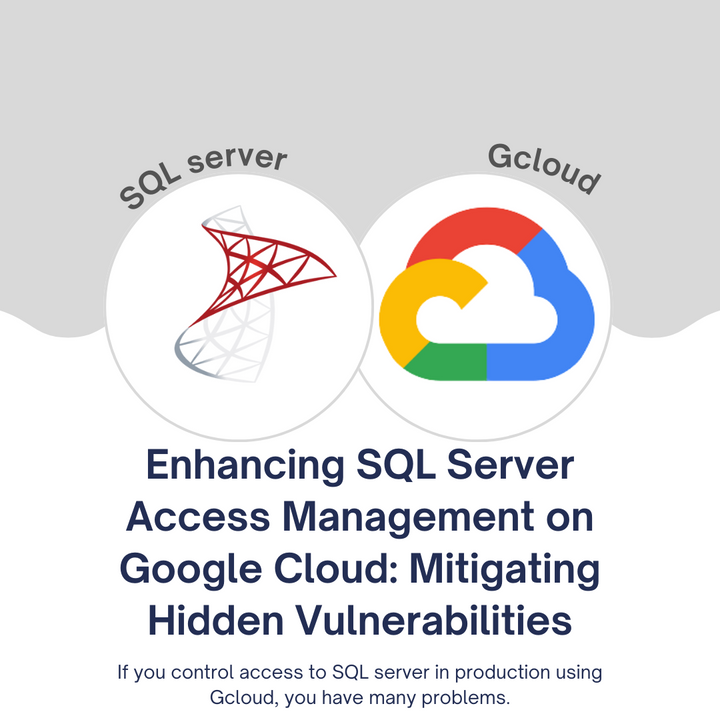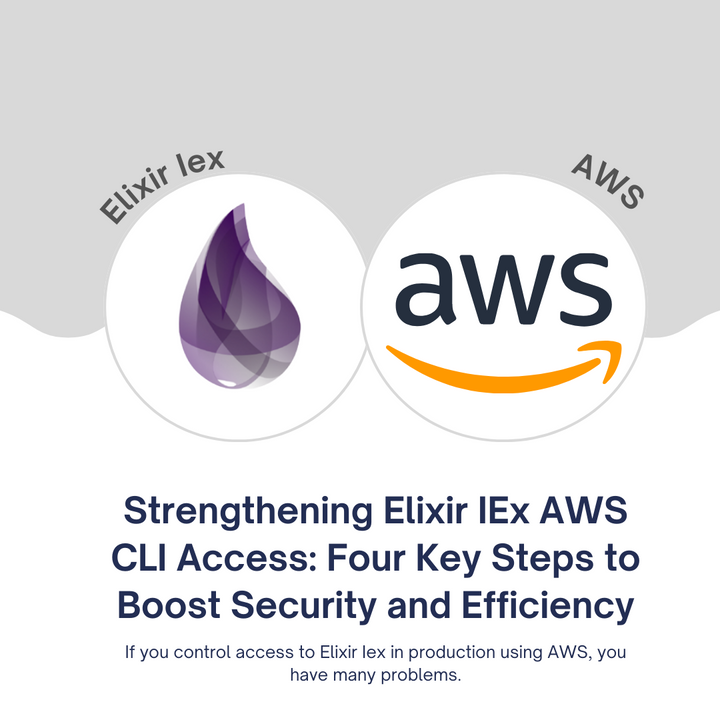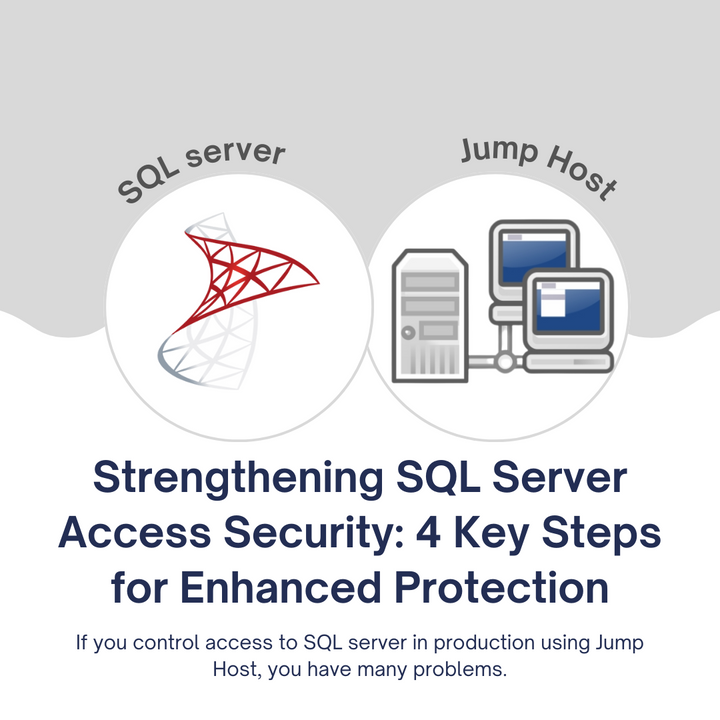Access Control Insights for Improved Security
The reason most organizations face security breaches and data leaks is that they lack effective access control measures. This happens because most organizations underestimate the significance of access control, leading to unauthorized access, data breaches, and financial losses. In a world where digital assets are as valuable as physical ones, implementing robust access control is crucial to safeguard your organization.
Which is why we're going to talk about Access Control Insights for Improved Security. We're going to walk you through:
- Understanding Access Control
- Types of Access Control
- Authentication and Authorization
- Access Control in Cloud Environments
- Access Control Best Practices
Implementing these insights will help you strengthen your organization's security, maintain compliance, and ultimately protect your valuable data and assets.
Understanding Access Control
Access control is the foundation of modern security strategies. It ensures that only authorized individuals or systems can access specific resources or information, reducing the risk of data breaches and unauthorized access.
Effective access control enhances data security, compliance, and operational efficiency. According to the Verizon 2021 Data Breach Investigations Report, 61% of data breaches involve credential theft. Neglecting access control can lead to data breaches and regulatory fines. To implement strong access control, you should follow the principle of least privilege, restricting user permissions to the minimum necessary for their role.
In your daily life, you can apply access control by locking your home and granting keys only to trusted individuals. The key takeaway here is always to follow the principle of least privilege to bolster your security posture.
Types of Access Control
Access control comes in various forms, including physical, administrative, and technical. Different situations require different types of access control for maximum security.
Understanding the types of access control helps you tailor security measures to your specific needs. Gartner predicts that by 2024, 60% of digital businesses will suffer major service failures due to the inability to manage digital risk. Relying solely on one type of access control can create vulnerabilities. To create a robust security framework, use a combination of physical, administrative, and technical access controls.
In your daily life, think about how your workplace uses key cards for physical access control, security policies for administrative control, and strong passwords for technical control. The takeaway is to balance and diversify your access control strategies to enhance overall security.
Authentication and Authorization
Authentication and authorization are key components of access control. They validate user identities and specify what actions they can perform.
MFA and role-based authorization improve security by ensuring the right individuals have the right permissions. The 2021 Cybersecurity Insiders Report found that 95% of organizations use multi-factor authentication (MFA) to secure access. Failing to implement MFA can leave accounts vulnerable to compromise. To secure your digital assets, enable MFA for your online accounts and use role-based access control for your organization.
In your daily life, imagine using MFA on your email and only granting specific privileges to certain family members on shared devices. The takeaway is to prioritize strong authentication and granular authorization to safeguard your digital assets.
Access Control in Cloud Environments
Cloud computing introduces unique access control challenges. Secure cloud access is crucial for protecting sensitive data and applications.
A Flexera survey in 2021 found that organizations waste 30% of their cloud spend due to poor access control. Effective cloud access control reduces costs and minimizes security risks. Neglecting to configure cloud permissions correctly can result in data exposure. To optimize resources and protect your digital assets, regularly review and update cloud access permissions using tools like AWS Identity and Access Management (IAM) or Azure Role-Based Access Control (RBAC).
Think about using IAM or RBAC to control who can access your cloud-stored photos or documents in your daily life. The takeaway is to prioritize cloud access control to optimize resources and protect your digital assets.
Access Control Best Practices
Effective access control relies on a set of best practices. Following these practices minimizes security risks and maximizes control efficiency.
According to the 2021 Cybersecurity and Infrastructure Security Agency (CISA) report, 85% of cyber incidents are caused by poor security practices. Implementing best practices enhances security and reduces the risk of data breaches. Ignoring best practices can lead to security vulnerabilities. Consistently follow access control best practices to maintain a strong security posture.
In your daily life, apply best practices in your home network by regularly updating router firmware and educating family members on safe internet practices. The ultimate takeaway is to consistently follow access control best practices to maintain a strong security posture.
In conclusion, access control is not just a buzzword; it's the cornerstone of modern security. Understanding its various aspects, from physical to cloud access control, and implementing best practices will help you protect your digital assets and keep your organization secure. Prioritize access control, and the benefits, from enhanced security to regulatory compliance, will follow suit.



